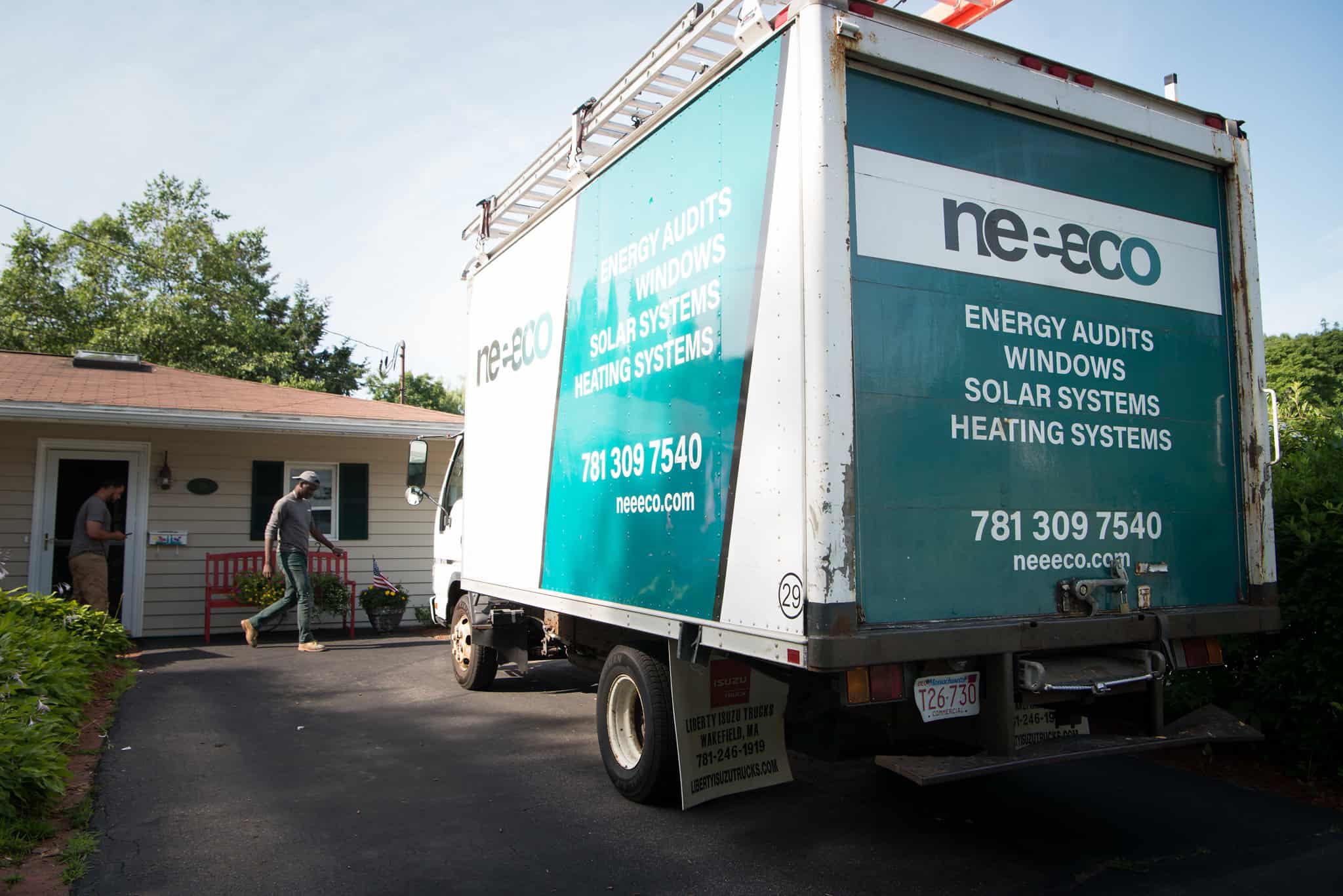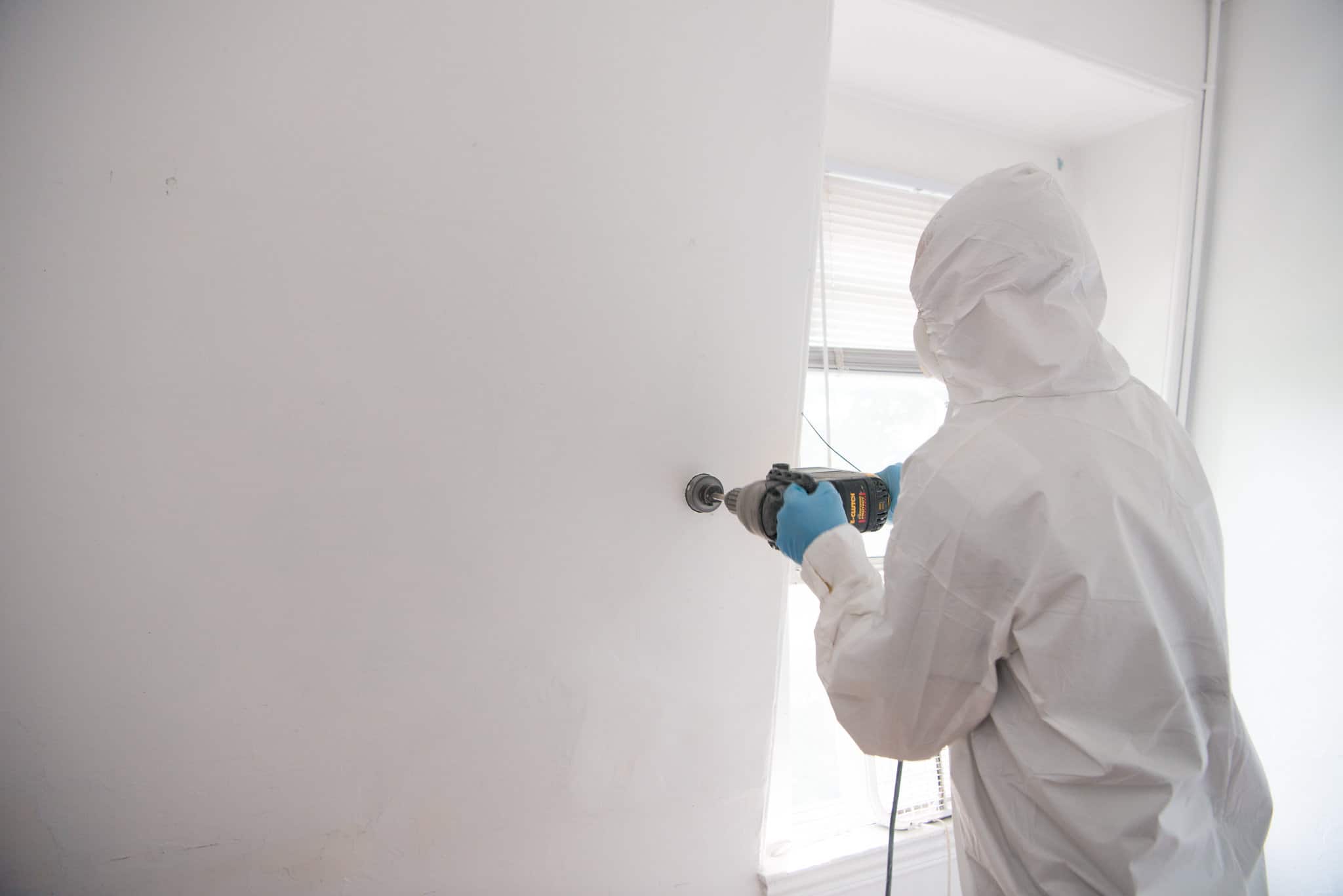
One of the most environment-friendly things a homeowner can do is to install insulation in their home. According to the U.S. Department of Energy, heating and cooling activities account for about 48 percent of the energy used in US homes, making it the biggest energy expense for homeowners. By adding insulation to your home, you can easily save hundreds of dollars year-round in energy bills, and create a more consistent and comfortable indoor climate.
If you want to install insulation in your home, it is best that you first educate yourself regarding the different options available in the market. We have outlined some of the most reliable insulating options that are widely used for achieving better energy efficiency in homes.
Fiberglass Insulation

Fiberglass batts and blankets are the most common and inexpensive types of insulation used in homes. They come in the form of rolls that are convenient to carry and transport and are suitable for DIY projects. However, you need to pay extra attention to how you cut the material to fit around electrical outlets, wires, plumbing pipes, and other areas. If clumsily stuffed or even if there is one loose corner or tear in awkward spaces, it can result in loss of efficiency, sometimes up to 50 percent. Fiberglass insulation does not provide air-sealing qualities.
Fiberglass insulation is ideal for people who have a small budget and want to insulate their premises in a short period. It can be easily installed with the help of a utility knife, a putty knife, and a tape measure. When it is installed correctly, fiberglass blankets can improve the energy efficiency of your home by 20 to 30 percent.
Foam Board Insulation
Also known as rigid foam, foam board insulation is suitable for insulating any part of your home. It provides effective interior sheathing of basement walls, exterior wall sheathing, knee walls and can also be used in attic hatches. The R-value of foam board ranges from 4 to 6.5 per inch, which is a high insulation value for small thickness. Moreover, its R-value is twice as much as many other insulation materials having the same thickness range. The most common materials used for foam board insulation are polyurethane, polyisocyanurate, and polystyrene. They decrease heat conduction against structural elements, such as steel studs and wood, and offer good thermal resistance. When used over frames or joists, they can block thermal short circuits effectively.
Blown-In Insulation

Blown-in insulation has been around for decades and is used in homes across the country. This type of insulation comprises of small particles of newspaper, fiber, and several other types of materials. The small particles are combined to form the insulation material that takes the shape of any space without affecting its structural integrity. Because of blown-in insulation’s high conformability, it is well-suited for retrofits, as well as locations where it ‘s hard to install any other type of insulation without damaging the structure.
The most common materials used for blown-in insulation are fiberglass, cellulose, rockwool, and mineral wool, all of which are made using reclaimed and recycled waste, like cardboards, newspapers, etc. Blown-in insulation is moisture resistant, and the borate is effective against different kinds of insects.
If you are having trouble choosing the right insulation material for your home, Neeeco can provide you with the best advice and cost-effective solutions in Massachusetts and surrounding areas.
Call (781) 514-5882 or contact us to get started with a no-cost Mass Save® home energy assessment.
